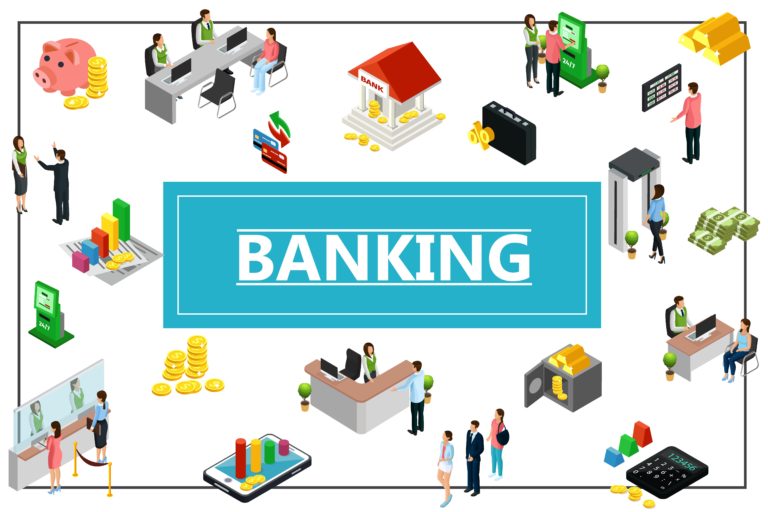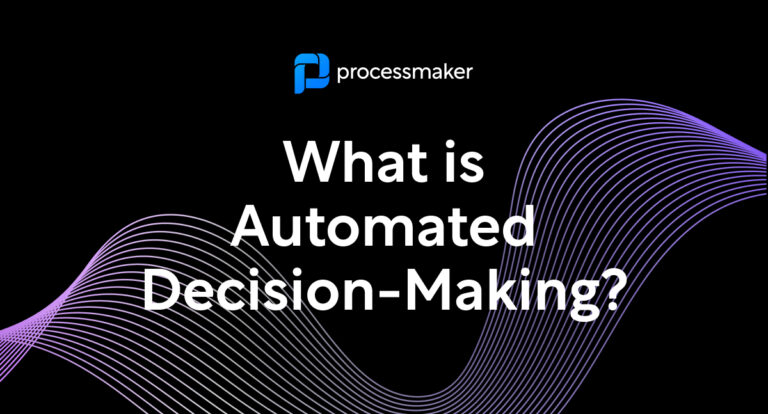Banking is experiencing a bustling state of disruption. New competition from Fintech apps and nimble branchless banks is upending the paradigm of what it means to be a “bank.”
For these new disruptors—born in the age of “move fast and break things”—constantly iterating systems and making quick changes based on shifting trends and emerging technologies are hard-wired into their DNA. Their platforms can move at the lightning-speed shifts in customer psychology and preference. A pace that traditional legacy IT systems can’t compete with.
The buzz of new financial technologies does not have to feel like a threat to banks. It can be a valuable tool for improving customer experience. New strategies like composable banking enable traditional banks and financial institutions to leverage innovative Fintech tools; like artificial intelligence, anti-fraud machine learning, voice recognition, chatbots, and more.
Traditional legacy banking IT would cement all these services together into a single yoked, inelastic offering. Instead, composable banking separates individual functionalities from the operating whole so you can combine, edit, and adjust functions without crashing the overall infrastructure.
What is composable banking?
Composable banking untethers your team from a bundled set of legacy services and enables your team to arrange their own tech stack of banking tools. Essentially, composable banking allows you to split your bank’s functionalities into chunks, like marketing and transaction monitoring. A change to one API doesn’t require an overhaul of the entire stack. Using the “plug and play” API-enabled approach of composable banking, banks can build by selecting the best available technology tool for each section.
5 important trends that illustrate how composable banking is paving the future
Banks operating on a monolithic legacy system find it difficult to implement change. A recent study revealed that 9 out of 10 banking professionals ranked a “complicated banking infrastructure” as the biggest obstacle to upgrading their technology offering. Composable banking uncomplicates these systems to develop new opportunities that improve customer experience in parallel to the legacy system, or as a fresh perspective on your infrastructure as a whole.
1. Proprietary systems are no longer a unique value proposition
In the past, the idea of a bank operating on its own, unique legacy system was a compelling draw in attracting new customers. Now, customers no longer care about ‘what’s under the hood’—they want fast, easy-to-use services they can access from their phone while in line at the grocery store or from their tablet while watching television. While customers used to be brand loyal, we’ve evolved into a new era of loyalty—one that revolves around convenience. If your bank cannot offer the most convenient experience, you risk losing the 97% of customers who will immediately abandon your bank for a more organized competitor.
Composable banking allows you to shop around for the most convenient, streamlined technology for each functionality under your banking umbrella. Select one vendor that offers the most state-of-the-art Know Your Customer (KYC) checks, and another that is a leading specialist in call center technology or customer data analysis. Without being locked in to a single-vendor legacy system, you can build your ideal powerhouse suite of best-of-the-best systems and offer the cutting edge convenience customers are clamoring for.
2. Composable banking frees you to make the smaller changes that add up to a big difference
When operating on a legacy system, making even the smallest change to a feature or function can have a damaging effect on the system as a whole. Functions are not meant to operate independently and rely on layers of complex code challenging to adjust in an agile way. Even the smallest adjustment can require a sweeping overhaul of a convoluted web of programming that most banking professionals are reluctant to initiate.
Using composable banking, your team is free to tweak functions and experiment with new technologies without bringing down the entire house. The theory of Incrementalism posits that the ability to make adaptable, small alterations over time leads to the biggest gains. With composable banking, you can make nimble, incremental changes without fear—and they can quickly add up into a stellar, powerhouse customer experience.
The ability to enact small changes instead of waiting for the opportunity to make one massive update isn’t just theory. Consider the mantra adopted by 5X NBA Champions, the San Antonio Spurs. Plastered on their locker room walls is the following: “When nothing seems to help, I go and look at a stonecutter hammering away at his rock, perhaps a hundred times without as much as a crack showing in it. Yet at the hundred and first blow it will split in two, and I know it was not that last blow that did it—but all that had gone before.”
3. The most powerful applications are light on infrastructure
Is the basement of your bank headquarters filled with rows and rows of expensive servers constantly monitored by your IT team? A barrier to growth for many organizations, banks included, is the need to procure and rack physical services in order to scale operations to serve a fresh influx of customers. “Serverless”—a cloud computing model where a separate party (like Amazon Web Services) manages the background infrastructure powering your banking systems, allowing you to take advantage of the cost-cutting measures enjoyed by Fintech businesses born in the digital age.
4. We’re in a new era of citizen developers
Modern Fintech tools were forged in a new era of development than legacy systems. Legacy systems are designed like an intertwined web, where tugging on one end can distort the entire shape. It’s nearly impossible for a layman to make any changes without understanding the expanse of the entire ecosystem.
While older software setups require eons of technical training to navigate, citizen developers now build contemporary platforms that extend development capabilities to your entire staff. Drag-and-drop tools make it easy for a member of the marketing team to adjust a scenario in a chatbot conversation schema, or for a sales manager to swap a new email script into an automated workflow. This fresh flexibility allows you to make changes on the fly, adaptively adjust workflows, and deputize more workers to take ownership of the technologies that define their roles.
5. Availability of powerful business process management platforms
New intelligent business process management (BPM) platforms like ProcessMaker stand as the creator of your new suite of services, connecting cross-vendor applications and functions under a single operational umbrella.
Banks are constantly in motion, processing loan applications, opening new accounts, and transferring money. A powerful BPM can overlay on top of your entire ecosystem, connecting and monitoring processes while efficiently managing the exchange of information using automation. While each platform executes the kernel of activity in which it is a specialist, a BPM platform provides full visibility into your systems and governs the efficient orchestration of every platform in your suite.
The ability to make changes, experiment with new technologies, and build a thriving ecosystem of applications is the key to achieving modern banking operations. When it comes to remaining relevant, innovative and a step ahead of industry disruptors- composable banking is leading the charge.





